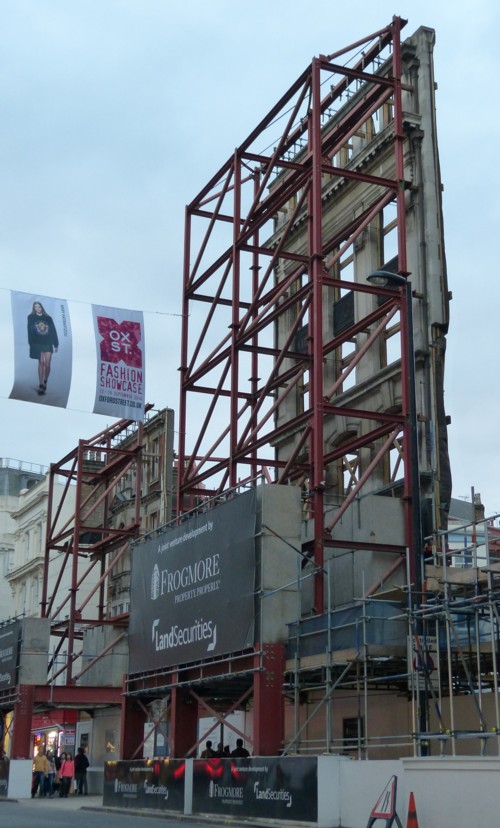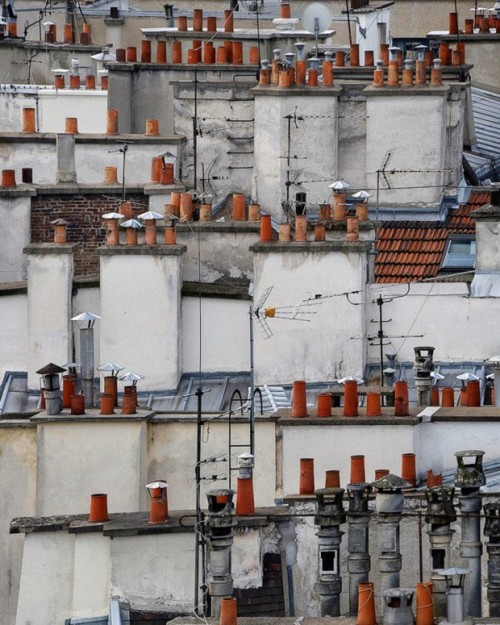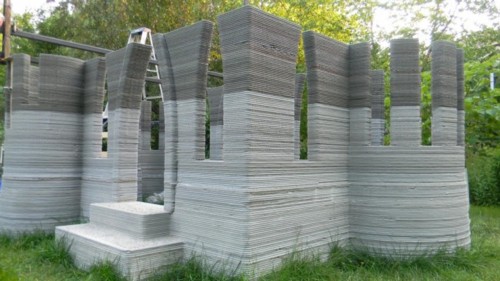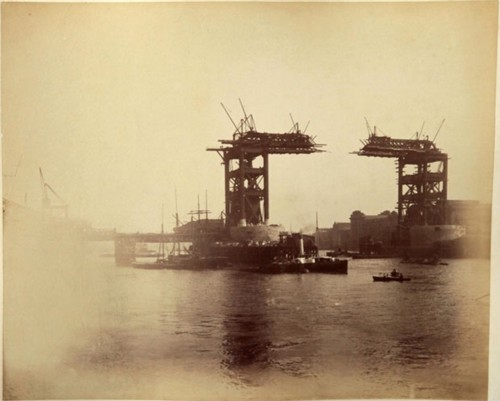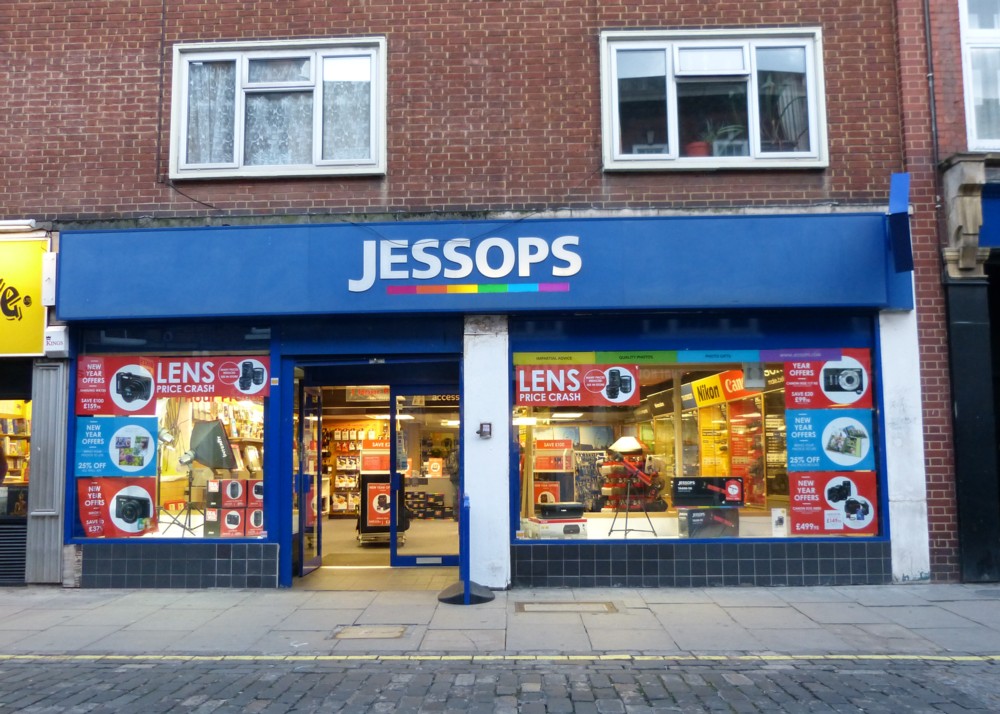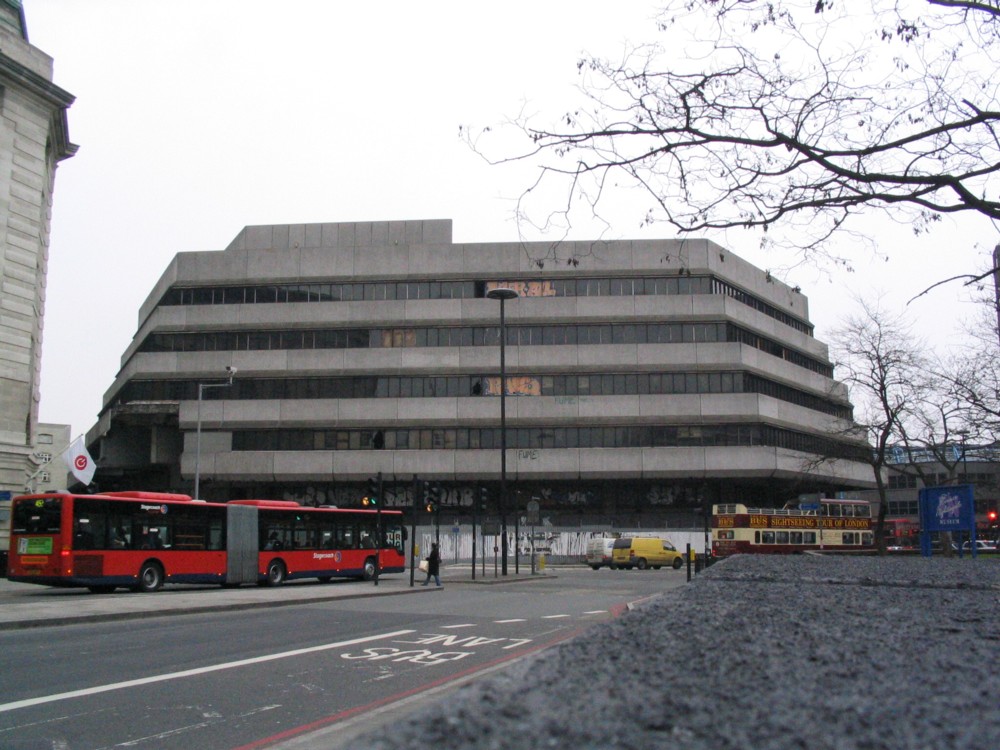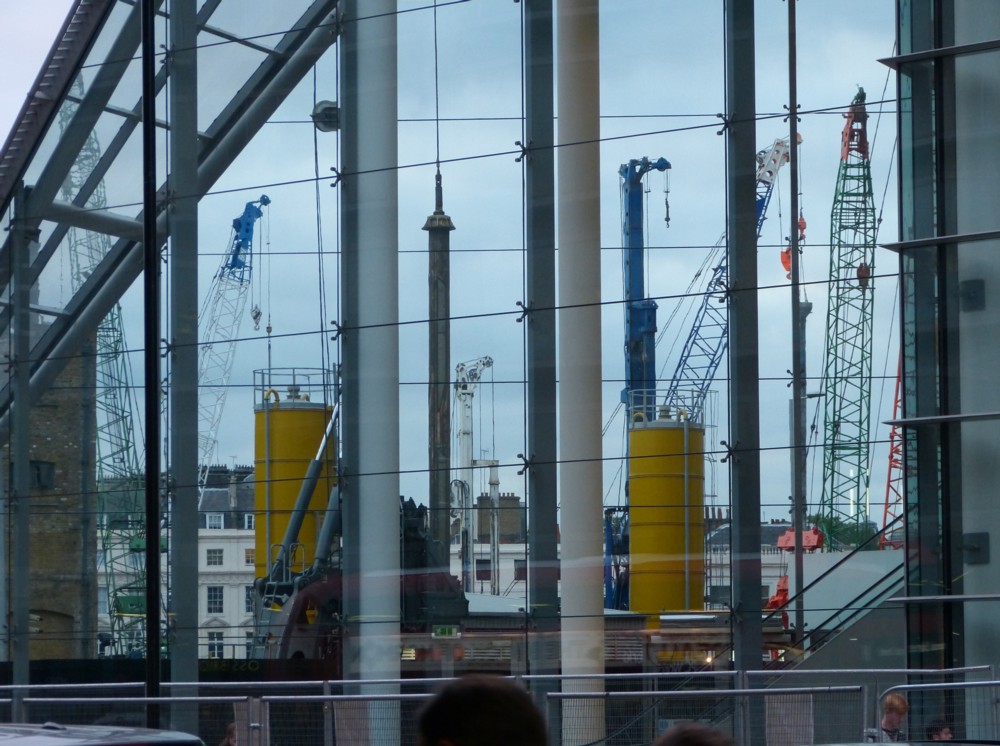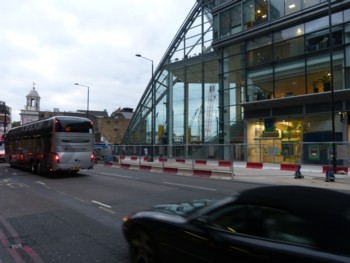As I said in the previous post, my talk about digital photography at Christian Michel’s last night went well, in the sense of me feeling it went well, and it seeming to be well received. I occasionally put my sheets of paper down and extemporised upon some point I was making, but mostly, this was it. No links, no photos, no extras. (They may come later, I hope, but I promise nothing.) Just the bare text that I read out, complete with all the errors of grammar and spelling, of fact and interpretation, that may or may not be present:
I have given several talks in this 6/20 series, but until now this has been because I have had both questions and answers to offer to the assembled throng. I have had theses to present, clutches of facts to pass on.
This time I don’t know the answers. I merely want to know the answers. What is the impact of digital photography? What is it doing to us? Since fixing this subject matter with Christian I have made, I think, some progress in arriving at answers, but only some. Tonight I expect to make further progress.
Luckily, for my purposes, we have all been alive throughout the period of digital photography’s mass use, and have observed it in action, even if we may not always have wanted to. Has anyone here not taken a digital photo? Just as I thought. (It actually says that here. And this.)
*****
I will start my remarks by quoting a remark made by an American whom I overheard about fifty years ago, on the Acropolis in Athens, the place where what is left of the Parthenon stands. I was there trying to do some sketching, a skill I never got any good at but spent a few years attempting. He was doing pictures with his seriously pre-digital camera. As soon as he had finished photoing, he wanted to leave, presumably to get to his next photoing place. But his family were enjoying the Acropolis in the morning sunshine. Said he to his family: “Come on, come on! We’ll look at it when we get home!”
This outburst captures a great deal about what people object to about digital photography, but it also reminds us that photography, by Everyman as opposed to by professionals, is nothing new. Digital photography is partly just the intensification of a process that has been in place in our culture for well over a century. But it is more than that.
Continue reading The text of my talk for Christian Michel last night on the impact of digital photography

